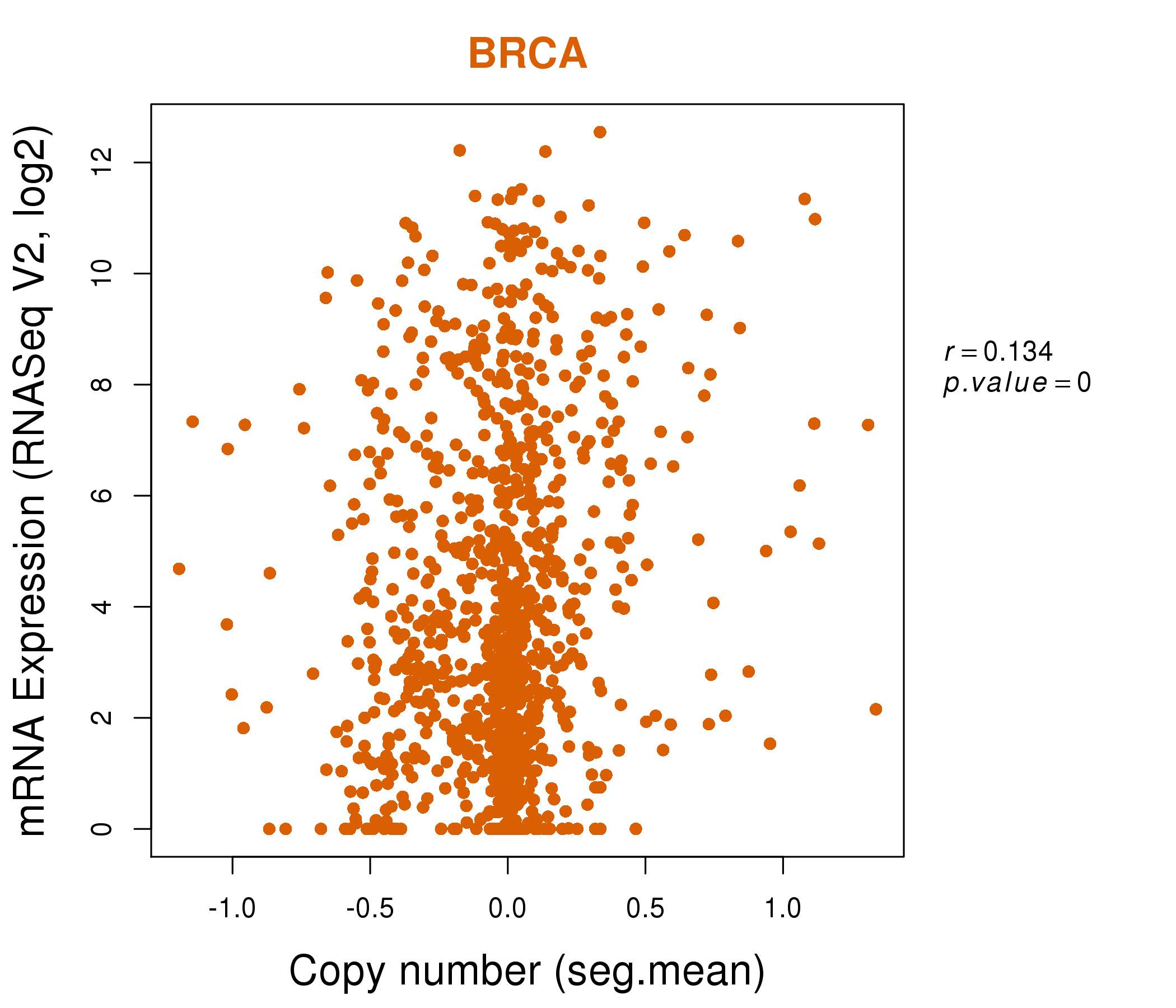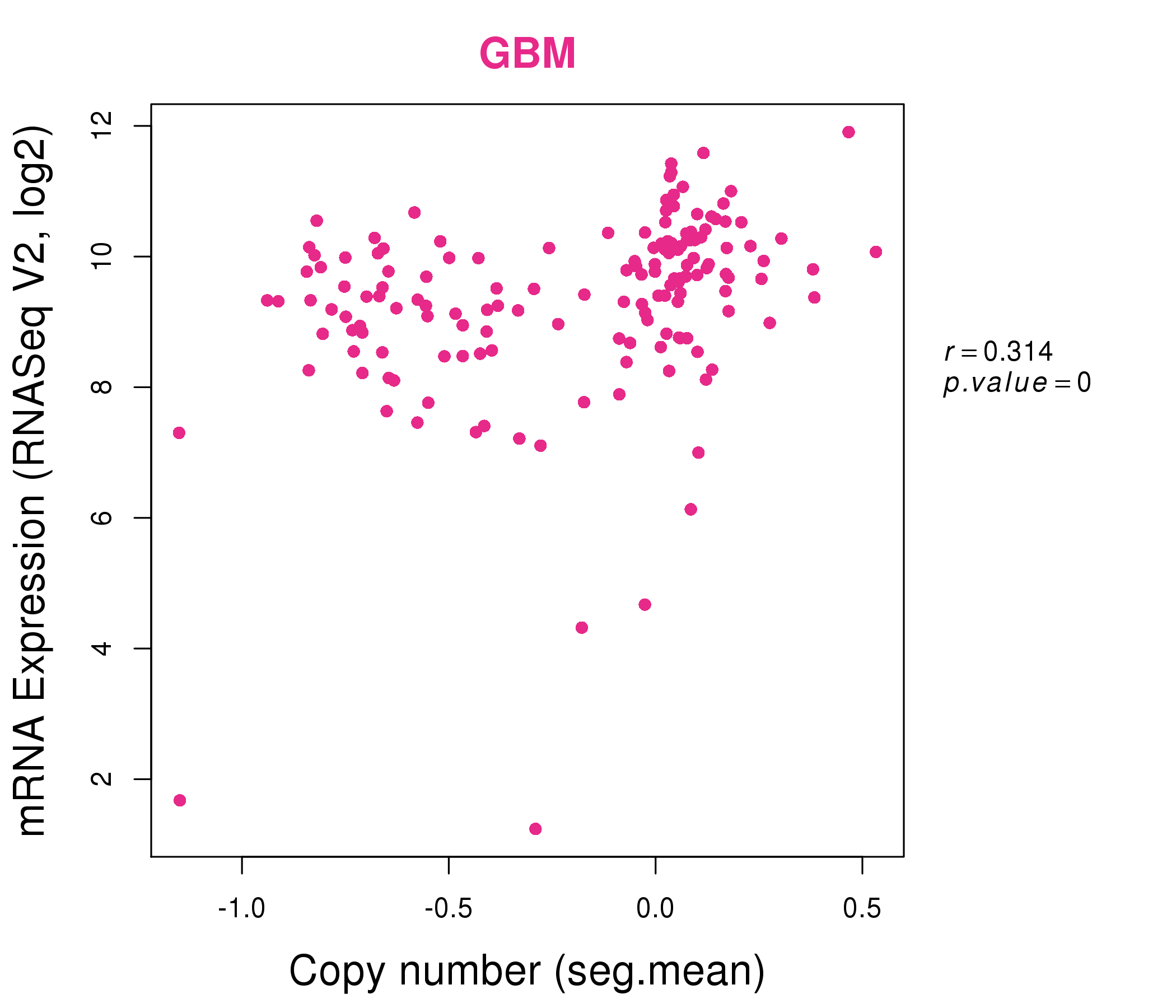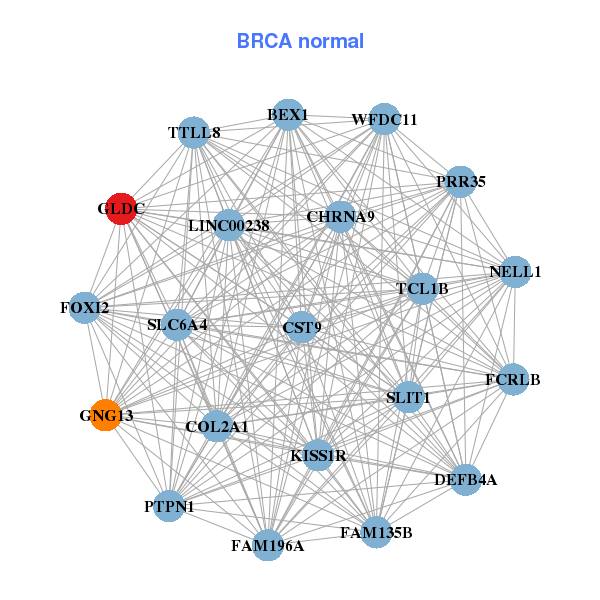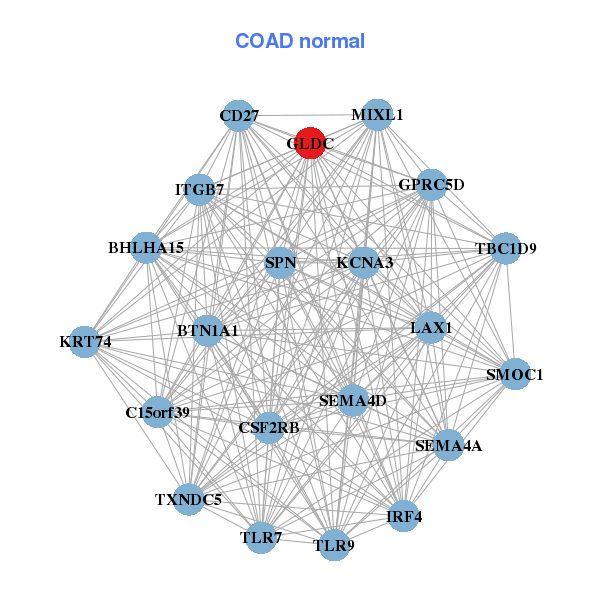|
|||||||||||||||||||||||||||||||||||||||||||||||||||||||||||||||||||||||||||||||||||||||||||||||||||||||||||||||||||||||||||||||||||||||||||||||||||||||||||||||||||||||||||||||||||||||||||||||||||||||||||||||||||||||||||||||||||||||||||||||||||||||||||||||||||||||||||||||||||||||||||||||||||||||||||||||||||||||||||||||||||||||||||||||||||
| |
| Phenotypic Information (metabolism pathway, cancer, disease, phenome) |
| |
| |
| Gene-Gene Network Information: Co-Expression Network, Interacting Genes & KEGG |
| |
|
| Gene Summary for GLDC |
| Basic gene info. | Gene symbol | GLDC |
| Gene name | glycine dehydrogenase (decarboxylating) | |
| Synonyms | GCE|GCSP|HYGN1 | |
| Cytomap | UCSC genome browser: 9p22 | |
| Genomic location | chr9 :6532463-6645692 | |
| Type of gene | protein-coding | |
| RefGenes | NM_000170.2, | |
| Ensembl id | ENSG00000178445 | |
| Description | glycine cleavage system protein Pglycine decarboxylase P-proteinglycine dehydrogenase (aminomethyl-transferring)glycine dehydrogenase (decarboxylating), mitochondrialglycine dehydrogenase [decarboxylating], mitochondrial | |
| Modification date | 20141219 | |
| dbXrefs | MIM : 238300 | |
| HGNC : HGNC | ||
| Ensembl : ENSG00000178445 | ||
| HPRD : 01996 | ||
| Vega : OTTHUMG00000019524 | ||
| Protein | UniProt: go to UniProt's Cross Reference DB Table | |
| Expression | CleanEX: HS_GLDC | |
| BioGPS: 2731 | ||
| Gene Expression Atlas: ENSG00000178445 | ||
| The Human Protein Atlas: ENSG00000178445 | ||
| Pathway | NCI Pathway Interaction Database: GLDC | |
| KEGG: GLDC | ||
| REACTOME: GLDC | ||
| ConsensusPathDB | ||
| Pathway Commons: GLDC | ||
| Metabolism | MetaCyc: GLDC | |
| HUMANCyc: GLDC | ||
| Regulation | Ensembl's Regulation: ENSG00000178445 | |
| miRBase: chr9 :6,532,463-6,645,692 | ||
| TargetScan: NM_000170 | ||
| cisRED: ENSG00000178445 | ||
| Context | iHOP: GLDC | |
| cancer metabolism search in PubMed: GLDC | ||
| UCL Cancer Institute: GLDC | ||
| Assigned class in ccmGDB | C | |
| Top |
| Phenotypic Information for GLDC(metabolism pathway, cancer, disease, phenome) |
| Cancer | CGAP: GLDC |
| Familial Cancer Database: GLDC | |
| * This gene is included in those cancer gene databases. |
|
|
|
|
|
| . | |||||||||||||||||||||||||||||||||||||||||||||||||||||||||||||||||||||||||||||||||||||||||||||||||||||||||||||||||||||||||||||||||||||||||||||||||||||||||||||||||||||||||||||||||||||||||||||||||||||||||||||||||||||||||||||||||||||||||||||||||||||||||||||||||||||||||||||||||||||||||||||||||||||||||||||||||||||||||||||||||||||||||||||
Oncogene 1 | Significant driver gene in | ||||||||||||||||||||||||||||||||||||||||||||||||||||||||||||||||||||||||||||||||||||||||||||||||||||||||||||||||||||||||||||||||||||||||||||||||||||||||||||||||||||||||||||||||||||||||||||||||||||||||||||||||||||||||||||||||||||||||||||||||||||||||||||||||||||||||||||||||||||||||||||||||||||||||||||||||||||||||||||||||||||||||||||||||||
| cf) number; DB name 1 Oncogene; http://nar.oxfordjournals.org/content/35/suppl_1/D721.long, 2 Tumor Suppressor gene; https://bioinfo.uth.edu/TSGene/, 3 Cancer Gene Census; http://www.nature.com/nrc/journal/v4/n3/abs/nrc1299.html, 4 CancerGenes; http://nar.oxfordjournals.org/content/35/suppl_1/D721.long, 5 Network of Cancer Gene; http://ncg.kcl.ac.uk/index.php, 1Therapeutic Vulnerabilities in Cancer; http://cbio.mskcc.org/cancergenomics/statius/ |
| KEGG_GLYCINE_SERINE_AND_THREONINE_METABOLISM | |
| OMIM | |
| Orphanet | |
| Disease | KEGG Disease: GLDC |
| MedGen: GLDC (Human Medical Genetics with Condition) | |
| ClinVar: GLDC | |
| Phenotype | MGI: GLDC (International Mouse Phenotyping Consortium) |
| PhenomicDB: GLDC | |
| Mutations for GLDC |
| * Under tables are showing count per each tissue to give us broad intuition about tissue specific mutation patterns.You can go to the detailed page for each mutation database's web site. |
| - Statistics for Tissue and Mutation type | Top |
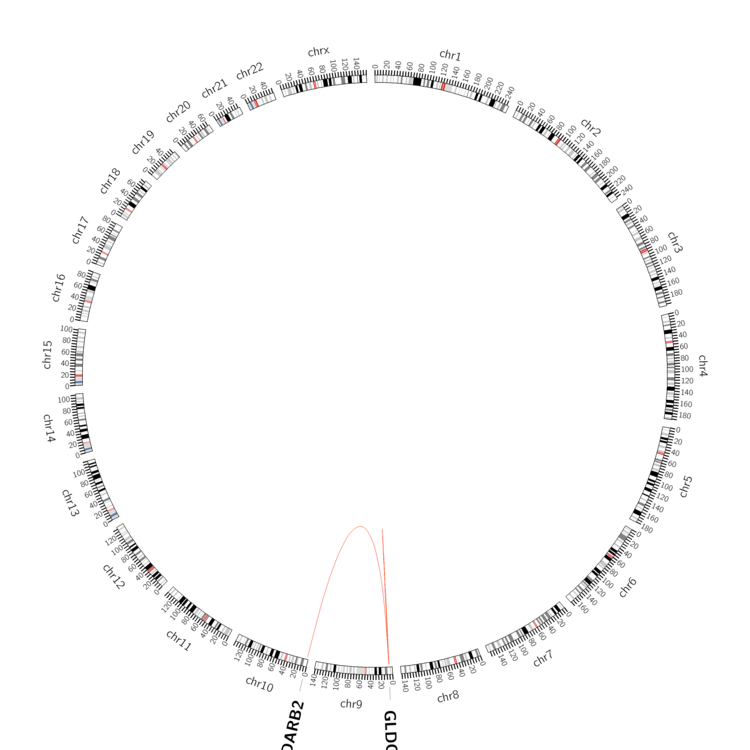 |
| - For Inter-chromosomal Variations |
| * Inter-chromosomal variantions includes 'interchromosomal amplicon to amplicon', 'interchromosomal amplicon to non-amplified dna', 'interchromosomal insertion', 'Interchromosomal unknown type'. |
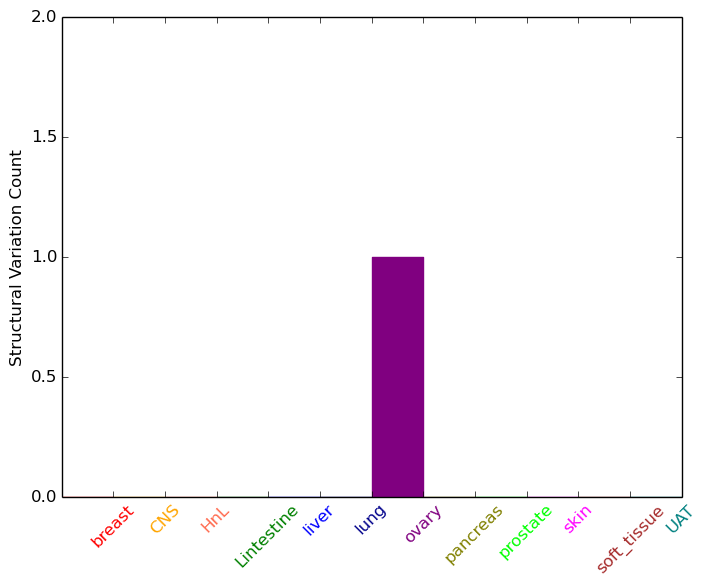 |
| - For Intra-chromosomal Variations |
| * Intra-chromosomal variantions includes 'intrachromosomal amplicon to amplicon', 'intrachromosomal amplicon to non-amplified dna', 'intrachromosomal deletion', 'intrachromosomal fold-back inversion', 'intrachromosomal inversion', 'intrachromosomal tandem duplication', 'Intrachromosomal unknown type', 'intrachromosomal with inverted orientation', 'intrachromosomal with non-inverted orientation'. |
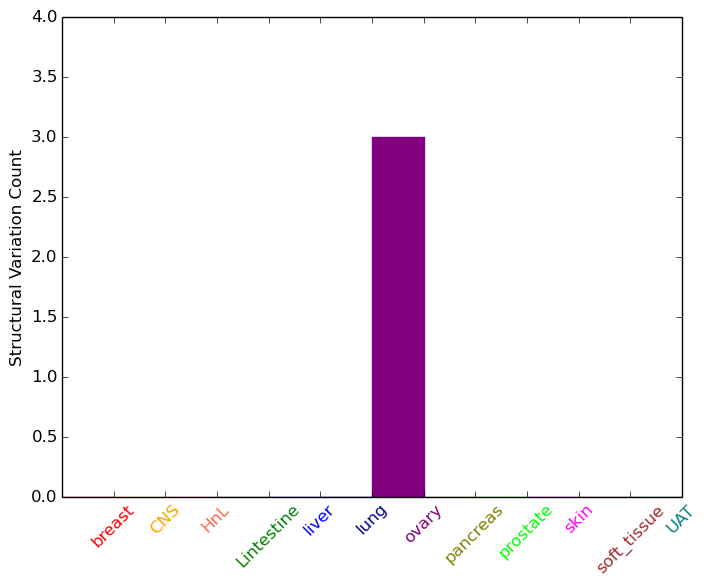 |
| Sample | Symbol_a | Chr_a | Start_a | End_a | Symbol_b | Chr_b | Start_b | End_b |
| ovary | GLDC | chr9 | 6627955 | 6627975 | chr9 | 5572839 | 5572859 | |
| ovary | GLDC | chr9 | 6628052 | 6628072 | chr9 | 5572839 | 5572859 | |
| ovary | GLDC | chr9 | 6631963 | 6631983 | ADARB2 | chr10 | 1579576 | 1579596 |
| ovary | GLDC | chr9 | 6638511 | 6638531 | GLDC | chr9 | 6638561 | 6638581 |
| cf) Tissue number; Tissue name (1;Breast, 2;Central_nervous_system, 3;Haematopoietic_and_lymphoid_tissue, 4;Large_intestine, 5;Liver, 6;Lung, 7;Ovary, 8;Pancreas, 9;Prostate, 10;Skin, 11;Soft_tissue, 12;Upper_aerodigestive_tract) |
| * From mRNA Sanger sequences, Chitars2.0 arranged chimeric transcripts. This table shows GLDC related fusion information. |
| ID | Head Gene | Tail Gene | Accession | Gene_a | qStart_a | qEnd_a | Chromosome_a | tStart_a | tEnd_a | Gene_a | qStart_a | qEnd_a | Chromosome_a | tStart_a | tEnd_a |
| Top |
| Mutation type/ Tissue ID | brca | cns | cerv | endome | haematopo | kidn | Lintest | liver | lung | ns | ovary | pancre | prost | skin | stoma | thyro | urina | |||
| Total # sample | 1 | 1 | 1 | 1 | 2 | 1 | ||||||||||||||
| GAIN (# sample) | 1 | 1 | 1 | |||||||||||||||||
| LOSS (# sample) | 1 | 1 | 2 |
| cf) Tissue ID; Tissue type (1; Breast, 2; Central_nervous_system, 3; Cervix, 4; Endometrium, 5; Haematopoietic_and_lymphoid_tissue, 6; Kidney, 7; Large_intestine, 8; Liver, 9; Lung, 10; NS, 11; Ovary, 12; Pancreas, 13; Prostate, 14; Skin, 15; Stomach, 16; Thyroid, 17; Urinary_tract) |
| Top |
|
 |
| Top |
| Stat. for Non-Synonymous SNVs (# total SNVs=95) | (# total SNVs=18) |
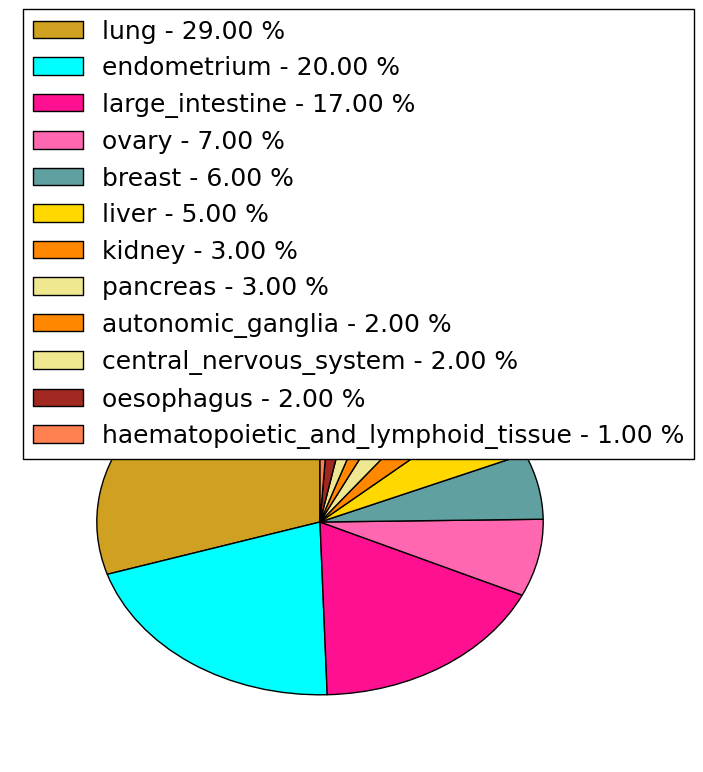 | 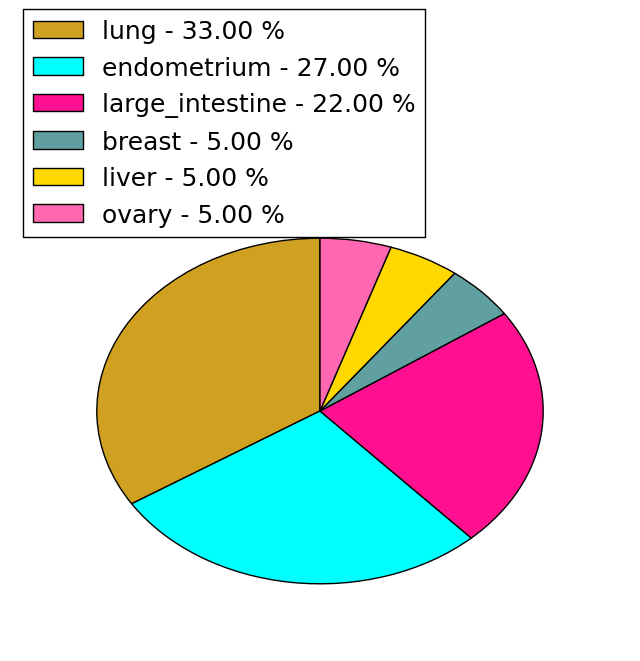 |
(# total SNVs=1) | (# total SNVs=2) |
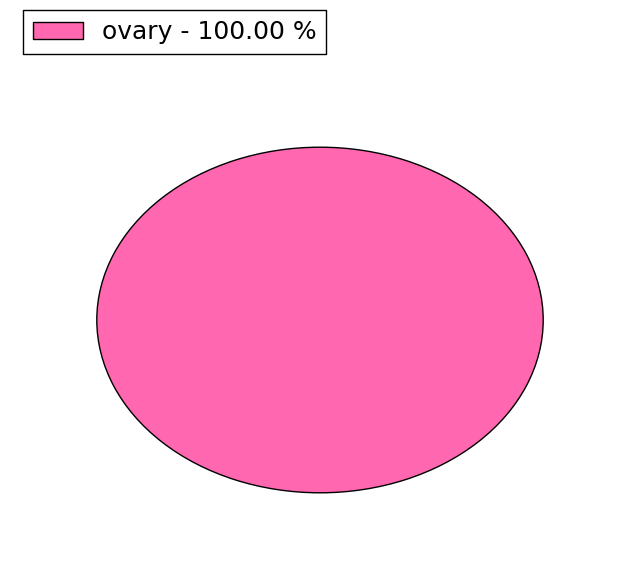 | 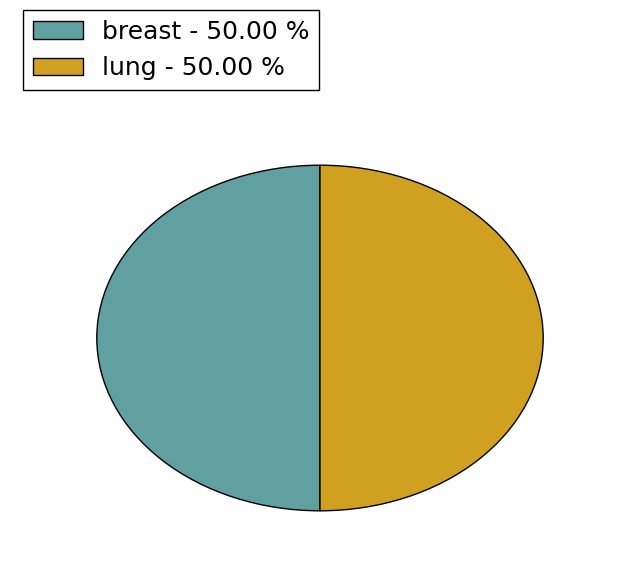 |
| Top |
| * When you move the cursor on each content, you can see more deailed mutation information on the Tooltip. Those are primary_site,primary_histology,mutation(aa),pubmedID. |
| GRCh37 position | Mutation(aa) | Unique sampleID count |
| chr9:6565392-6565392 | p.R630* | 5 |
| chr9:6558671-6558671 | p.P647L | 4 |
| chr9:6553497-6553497 | p.L776L | 3 |
| chr9:6595073-6595073 | p.S401F | 3 |
| chr9:6554674-6554674 | p.I770I | 3 |
| chr9:6604606-6604606 | p.R347I | 3 |
| chr9:6592871-6592871 | p.R461W | 3 |
| chr9:6602171-6602171 | p.L365V | 3 |
| chr9:6645251-6645251 | p.G83G | 3 |
| chr9:6644632-6644632 | p.K106E | 2 |
| Top |
|
 |
| Point Mutation/ Tissue ID | 1 | 2 | 3 | 4 | 5 | 6 | 7 | 8 | 9 | 10 | 11 | 12 | 13 | 14 | 15 | 16 | 17 | 18 | 19 | 20 |
| # sample | 5 | 2 | 10 | 1 | 2 | 2 | 21 | 5 | 2 | 1 | 9 | 9 | 15 | |||||||
| # mutation | 5 | 2 | 12 | 1 | 2 | 2 | 22 | 5 | 2 | 1 | 9 | 10 | 19 | |||||||
| nonsynonymous SNV | 4 | 2 | 9 | 1 | 2 | 2 | 17 | 4 | 2 | 1 | 5 | 6 | 15 | |||||||
| synonymous SNV | 1 | 3 | 5 | 1 | 4 | 4 | 4 |
| cf) Tissue ID; Tissue type (1; BLCA[Bladder Urothelial Carcinoma], 2; BRCA[Breast invasive carcinoma], 3; CESC[Cervical squamous cell carcinoma and endocervical adenocarcinoma], 4; COAD[Colon adenocarcinoma], 5; GBM[Glioblastoma multiforme], 6; Glioma Low Grade, 7; HNSC[Head and Neck squamous cell carcinoma], 8; KICH[Kidney Chromophobe], 9; KIRC[Kidney renal clear cell carcinoma], 10; KIRP[Kidney renal papillary cell carcinoma], 11; LAML[Acute Myeloid Leukemia], 12; LUAD[Lung adenocarcinoma], 13; LUSC[Lung squamous cell carcinoma], 14; OV[Ovarian serous cystadenocarcinoma ], 15; PAAD[Pancreatic adenocarcinoma], 16; PRAD[Prostate adenocarcinoma], 17; SKCM[Skin Cutaneous Melanoma], 18:STAD[Stomach adenocarcinoma], 19:THCA[Thyroid carcinoma], 20:UCEC[Uterine Corpus Endometrial Carcinoma]) |
| Top |
| * We represented just top 10 SNVs. When you move the cursor on each content, you can see more deailed mutation information on the Tooltip. Those are primary_site, primary_histology, mutation(aa), pubmedID. |
| Genomic Position | Mutation(aa) | Unique sampleID count |
| chr9:6553497 | p.L776L | 3 |
| chr9:6605162 | p.A204T | 2 |
| chr9:6592871 | p.R461W | 2 |
| chr9:6644632 | p.K106Q | 2 |
| chr9:6554674 | p.T277K | 2 |
| chr9:6610217 | p.I770I | 2 |
| chr9:6587222 | p.V735V | 1 |
| chr9:6536071 | p.S557F | 1 |
| chr9:6589283 | p.R368K | 1 |
| chr9:6610298 | p.R216T | 1 |
| * Copy number data were extracted from TCGA using R package TCGA-Assembler. The URLs of all public data files on TCGA DCC data server were gathered on Jan-05-2015. Function ProcessCNAData in TCGA-Assembler package was used to obtain gene-level copy number value which is calculated as the average copy number of the genomic region of a gene. |
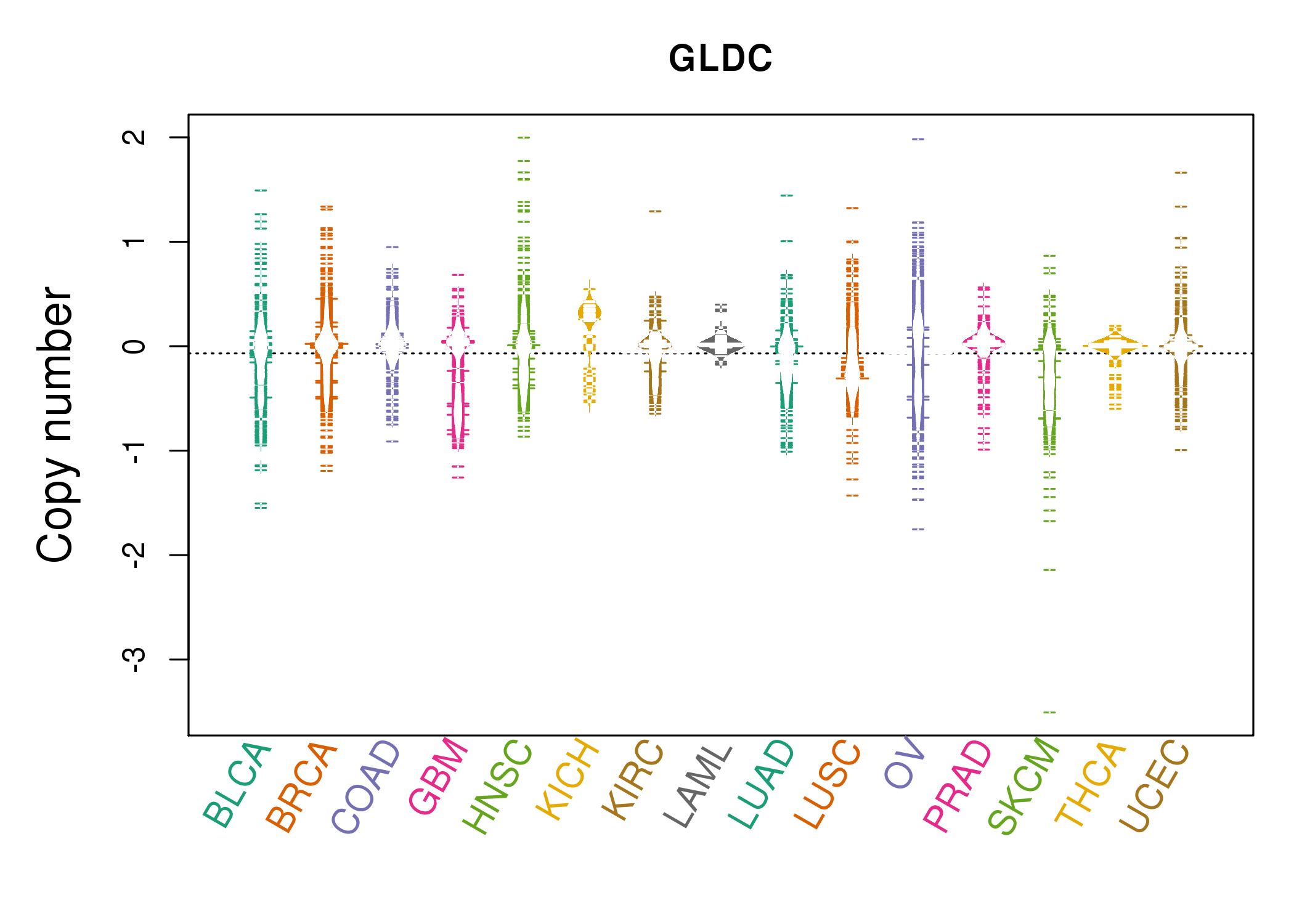 |
| cf) Tissue ID[Tissue type]: BLCA[Bladder Urothelial Carcinoma], BRCA[Breast invasive carcinoma], CESC[Cervical squamous cell carcinoma and endocervical adenocarcinoma], COAD[Colon adenocarcinoma], GBM[Glioblastoma multiforme], Glioma Low Grade, HNSC[Head and Neck squamous cell carcinoma], KICH[Kidney Chromophobe], KIRC[Kidney renal clear cell carcinoma], KIRP[Kidney renal papillary cell carcinoma], LAML[Acute Myeloid Leukemia], LUAD[Lung adenocarcinoma], LUSC[Lung squamous cell carcinoma], OV[Ovarian serous cystadenocarcinoma ], PAAD[Pancreatic adenocarcinoma], PRAD[Prostate adenocarcinoma], SKCM[Skin Cutaneous Melanoma], STAD[Stomach adenocarcinoma], THCA[Thyroid carcinoma], UCEC[Uterine Corpus Endometrial Carcinoma] |
| Top |
| Gene Expression for GLDC |
| * CCLE gene expression data were extracted from CCLE_Expression_Entrez_2012-10-18.res: Gene-centric RMA-normalized mRNA expression data. |
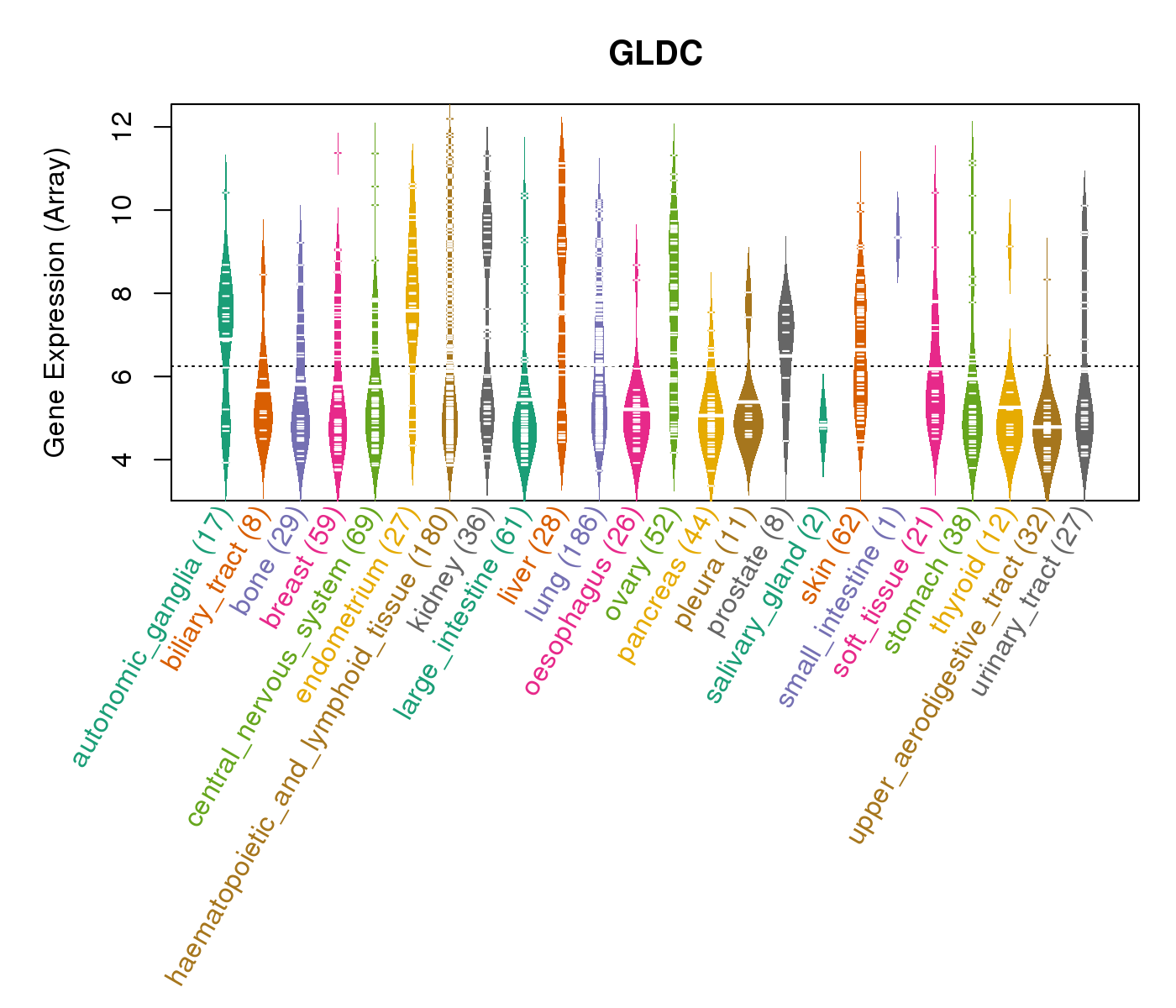 |
| * Normalized gene expression data of RNASeqV2 was extracted from TCGA using R package TCGA-Assembler. The URLs of all public data files on TCGA DCC data server were gathered at Jan-05-2015. Only eight cancer types have enough normal control samples for differential expression analysis. (t test, adjusted p<0.05 (using Benjamini-Hochberg FDR)) |
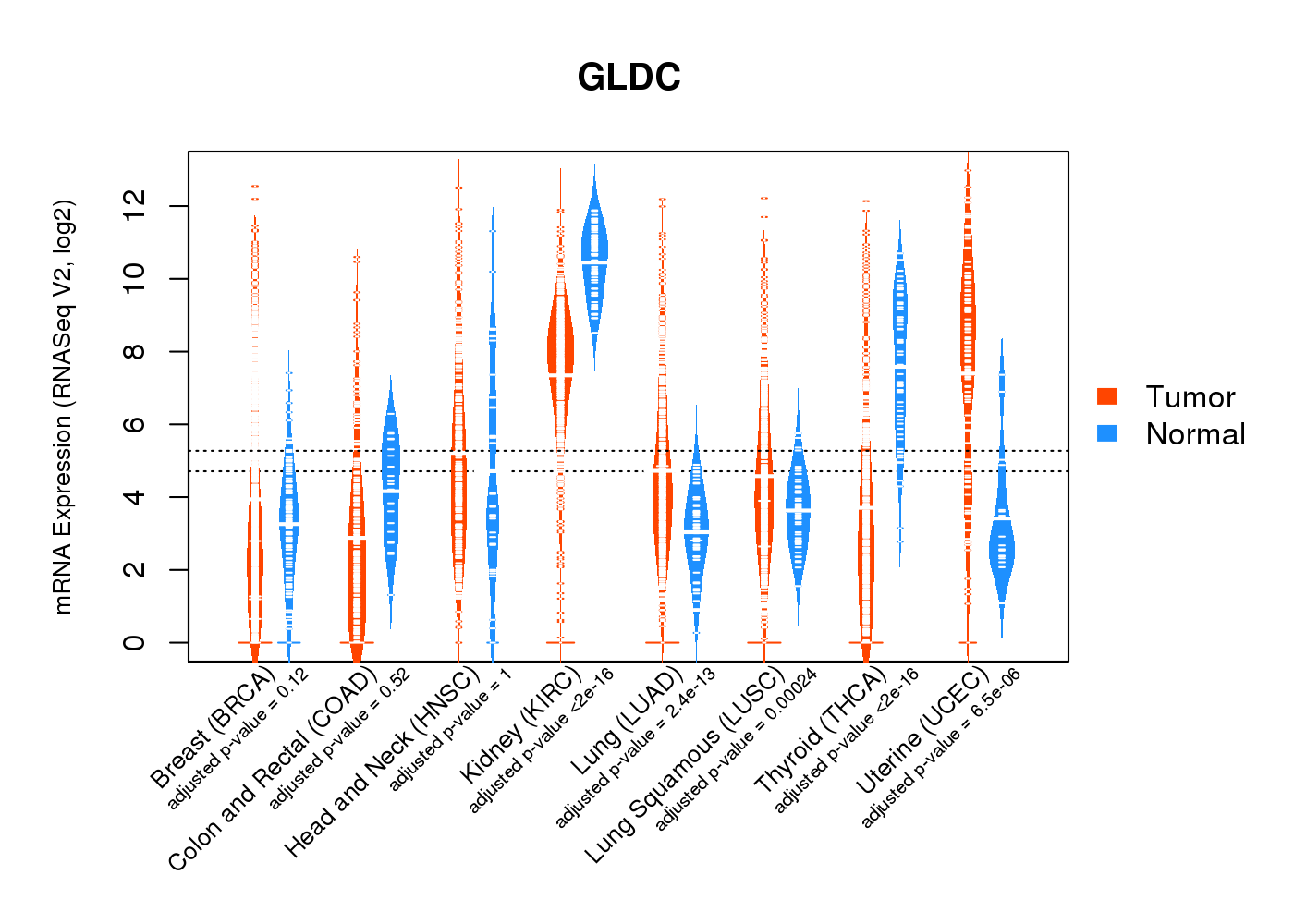 |
| Top |
| * This plots show the correlation between CNV and gene expression. |
: Open all plots for all cancer types
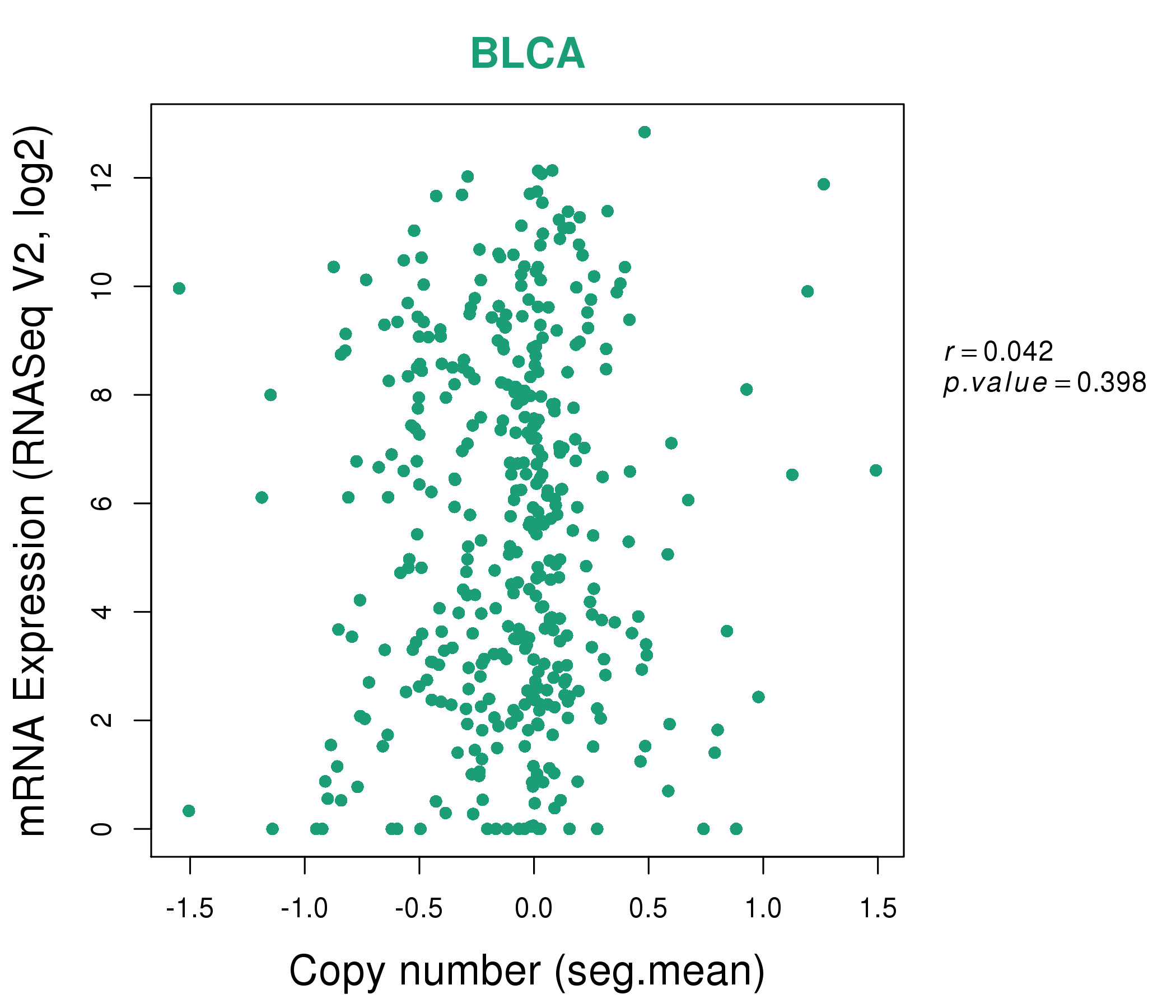 |
|
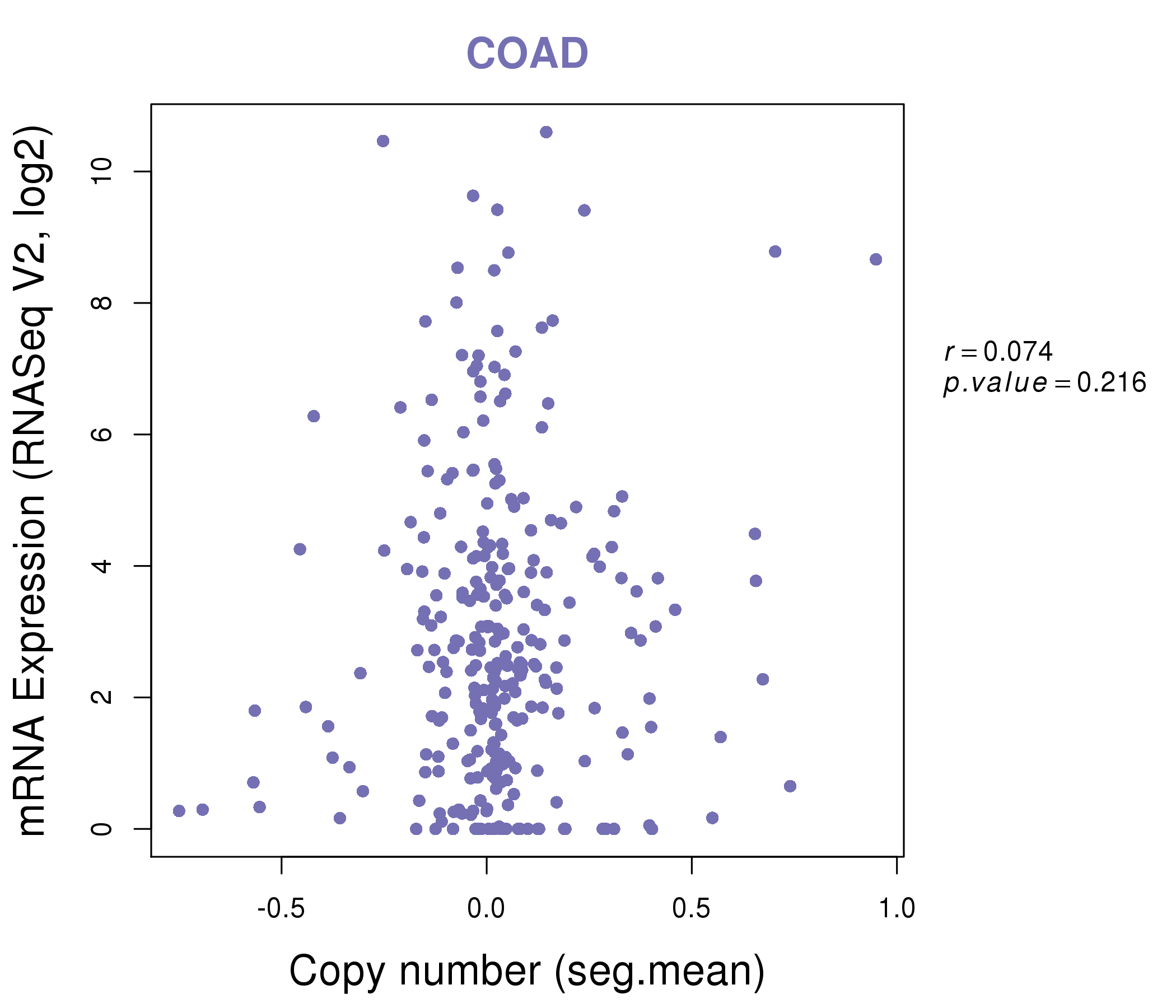 |
|
| Top |
| Gene-Gene Network Information |
| * Co-Expression network figures were drawn using R package igraph. Only the top 20 genes with the highest correlations were shown. Red circle: input gene, orange circle: cell metabolism gene, sky circle: other gene |
: Open all plots for all cancer types
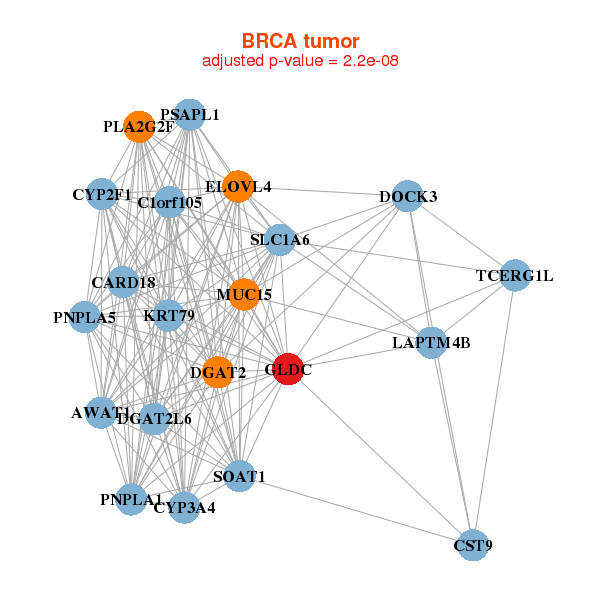 |
| ||||
| AWAT1,C1orf105,CARD18,CST9,CYP2F1,CYP3A4,DGAT2, DGAT2L6,DOCK3,ELOVL4,GLDC,KRT79,LAPTM4B,MUC15, PLA2G2F,PNPLA1,PNPLA5,PSAPL1,SLC1A6,SOAT1,TCERG1L | BEX1,LINC00238,PRR35,CHRNA9,COL2A1,CST9,DEFB4A, FAM135B,FAM196A,FCRLB,FOXI2,GLDC,GNG13,KISS1R, NELL1,PTPN1,SLC6A4,SLIT1,TCL1B,TTLL8,WFDC11 | ||||
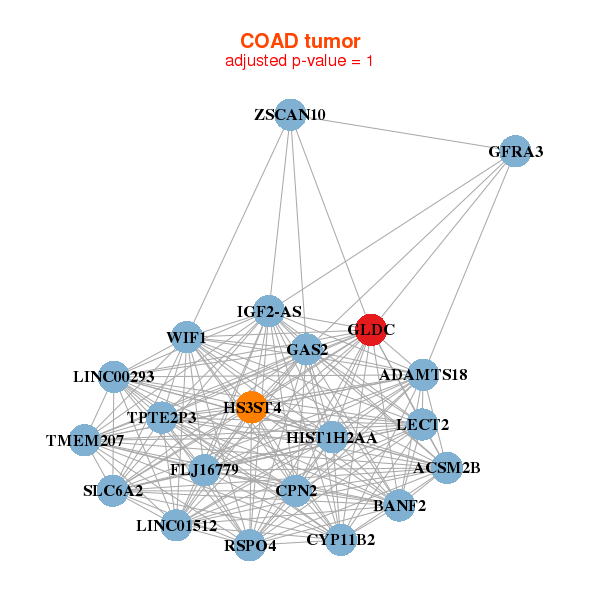 |
| ||||
| ACSM2B,ADAMTS18,BANF2,LINC00293,CPN2,CYP11B2,FLJ16779, GAS2,GFRA3,GLDC,HIST1H2AA,HS3ST4,IGF2-AS,LECT2, LINC01512,RSPO4,SLC6A2,TMEM207,TPTE2P3,WIF1,ZSCAN10 | BHLHA15,BTN1A1,C15orf39,CD27,CSF2RB,GLDC,GPRC5D, IRF4,ITGB7,KCNA3,KRT74,LAX1,MIXL1,SEMA4A, SEMA4D,SMOC1,SPN,TBC1D9,TLR7,TLR9,TXNDC5 |
| * Co-Expression network figures were drawn using R package igraph. Only the top 20 genes with the highest correlations were shown. Red circle: input gene, orange circle: cell metabolism gene, sky circle: other gene |
: Open all plots for all cancer types
| Top |
: Open all interacting genes' information including KEGG pathway for all interacting genes from DAVID
| Top |
| Pharmacological Information for GLDC |
| DB Category | DB Name | DB's ID and Url link |
| * Gene Centered Interaction Network. |
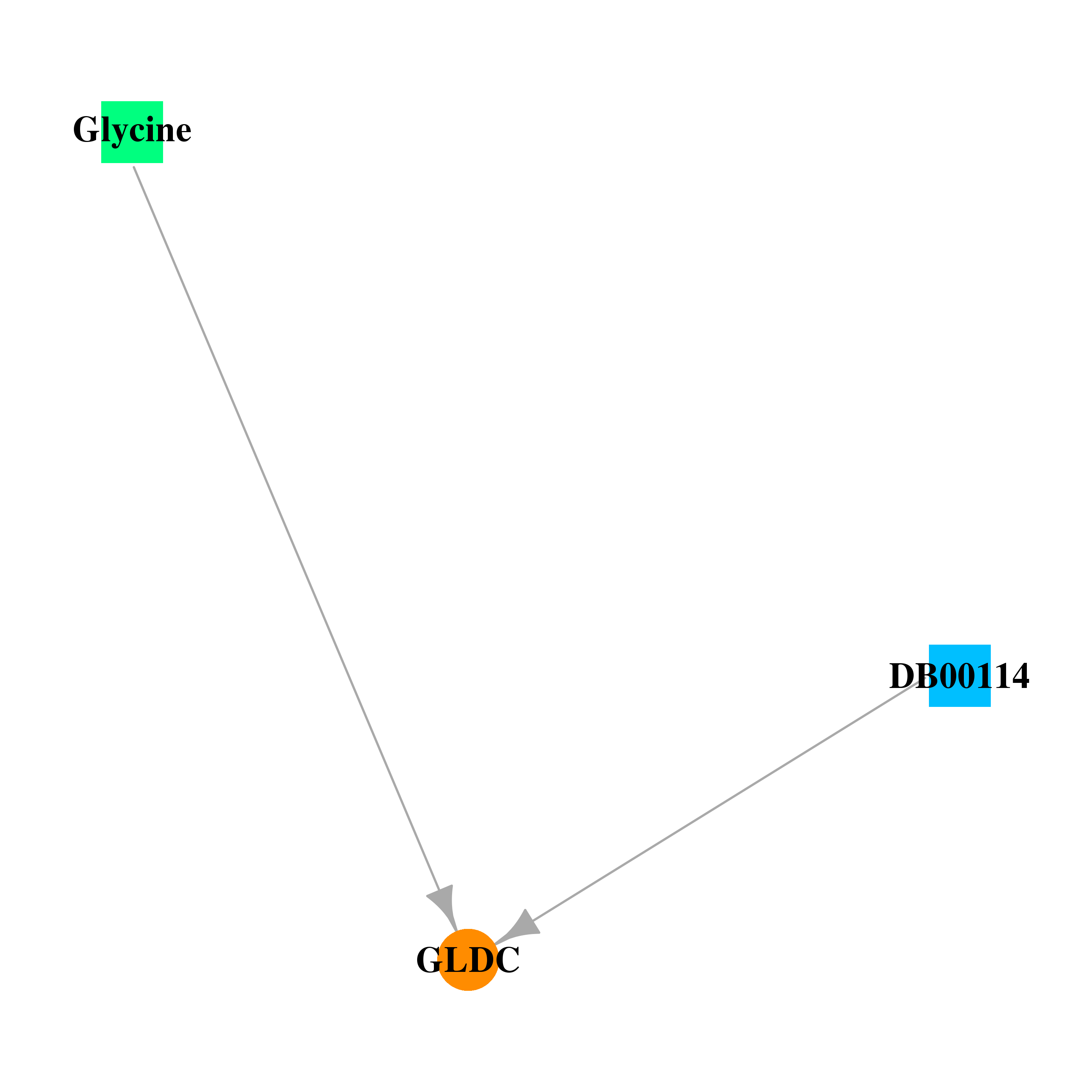 |
| * Drug Centered Interaction Network. |
| DrugBank ID | Target Name | Drug Groups | Generic Name | Drug Centered Network | Drug Structure |
| DB00114 | glycine dehydrogenase (decarboxylating) | nutraceutical | Pyridoxal Phosphate | 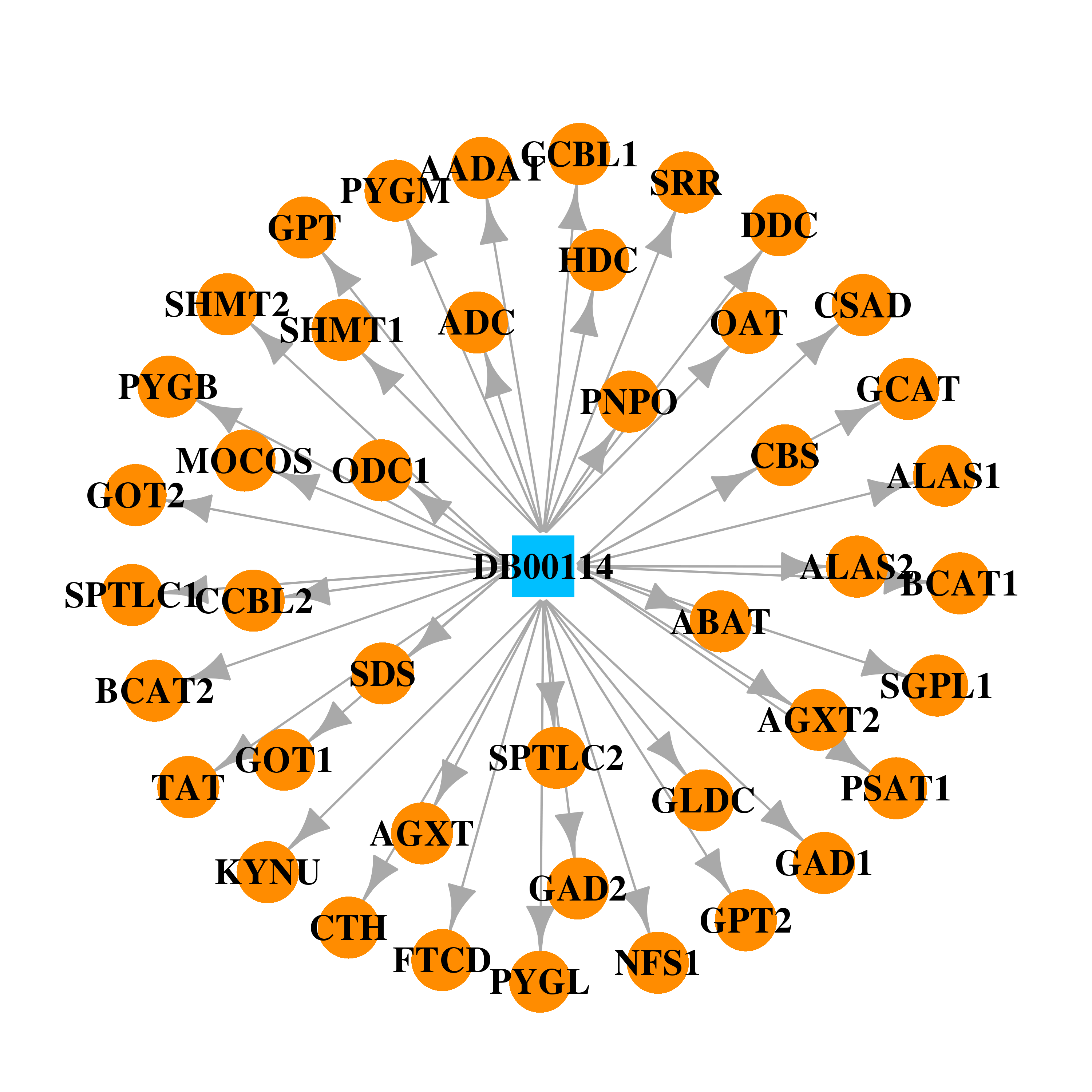 | 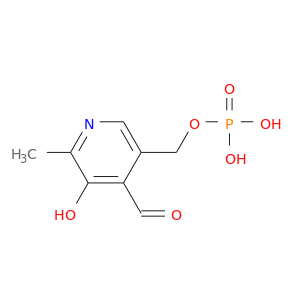 |
| DB00145 | glycine dehydrogenase (decarboxylating) | approved; nutraceutical | Glycine | 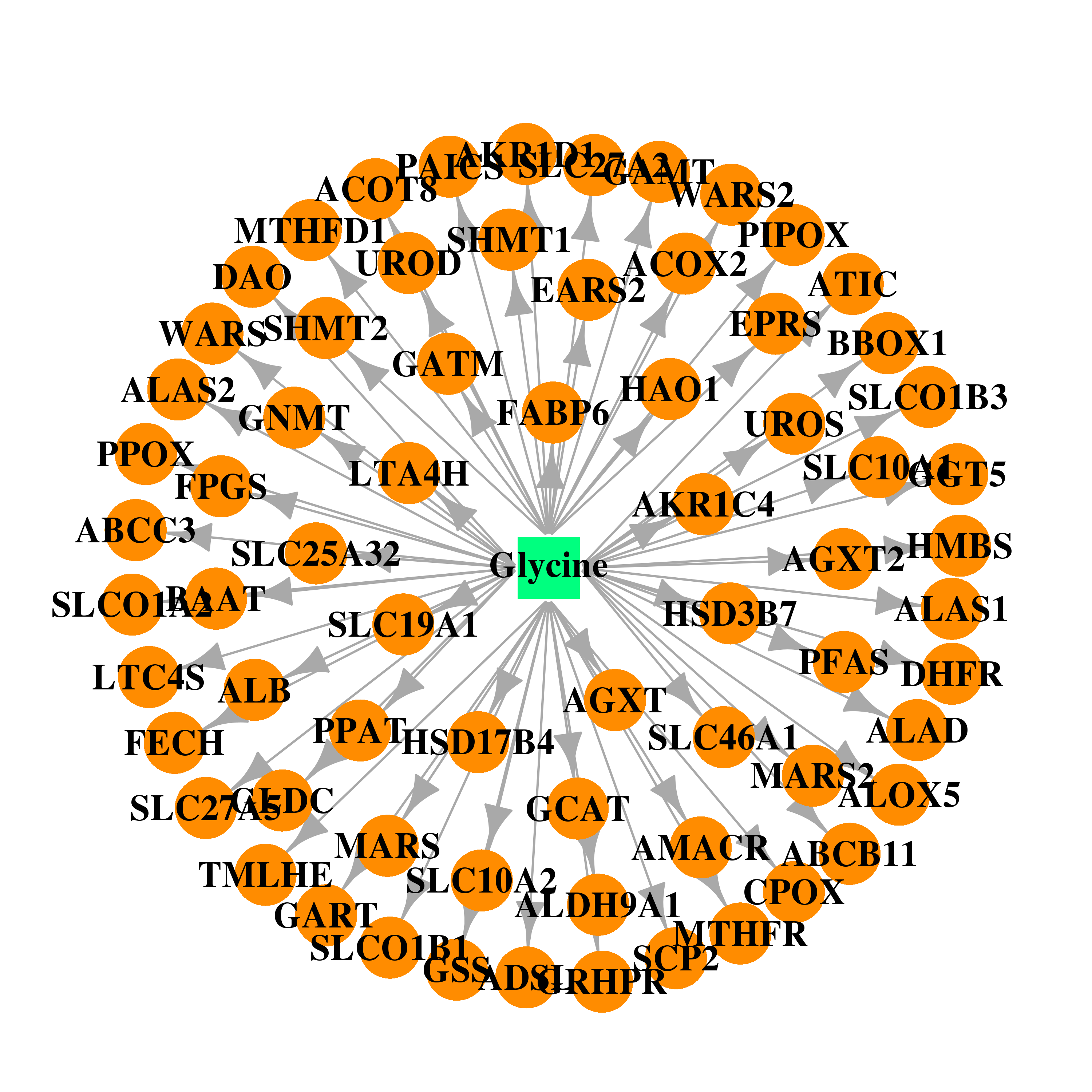 | 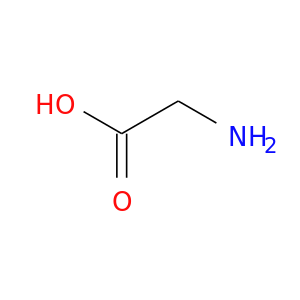 |
| Top |
| Cross referenced IDs for GLDC |
| * We obtained these cross-references from Uniprot database. It covers 150 different DBs, 18 categories. http://www.uniprot.org/help/cross_references_section |
: Open all cross reference information
|
Copyright © 2016-Present - The Univsersity of Texas Health Science Center at Houston @ |






